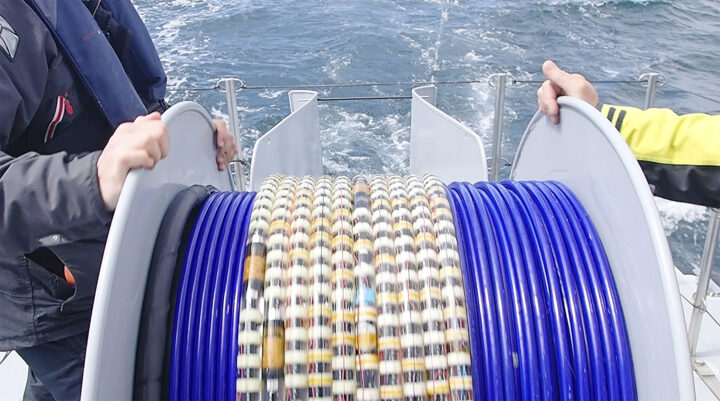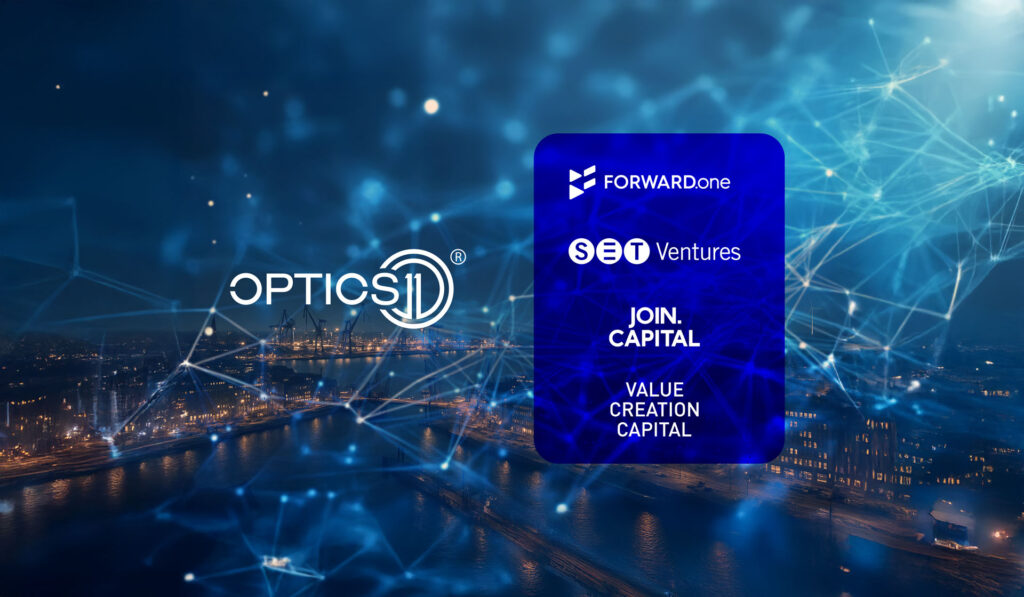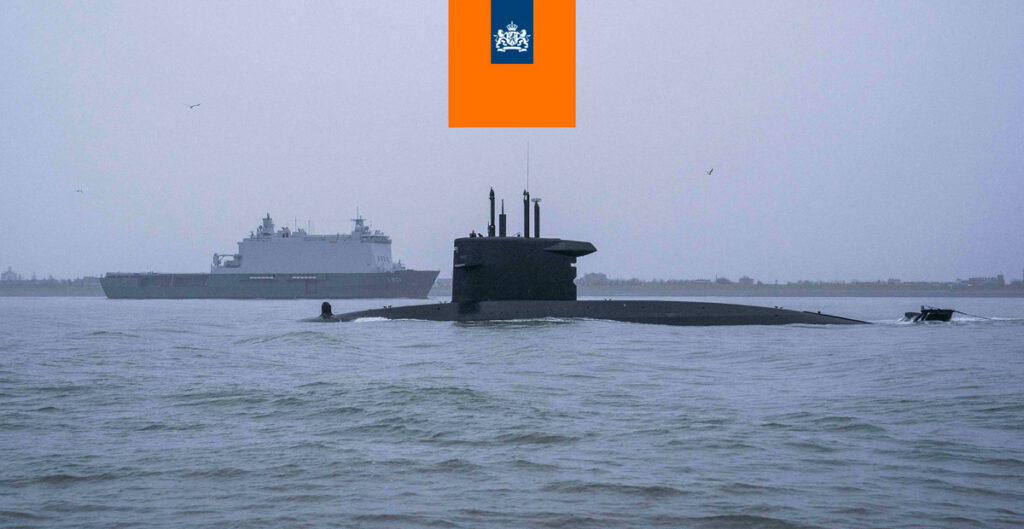Walrus-Class Submarine In The North Sea. Photo: Gerben Van Es
How Ukraine war exposes vulnerability of the Netherlands
The Netherlands also appears to be vulnerable due to cables that are easy to sabotage, GPS that is easy to disturb and industrial dependence on salt. Fortunately, something can be done about it. EW talked to techies
LESSON 1 PERFECT THE SONAR
Mark Jacobs of the Amsterdam company Optics11 has been ‘begging for attention’ at technology fairs for years. The Ukraine war and the explosions of the Nord Stream 1 and 2 gas pipelines in the Baltic Sea near the Danish island of Bornholm in mid-September suddenly changed everything. “We’re hot now .”
Optics11 originated from the Vrije Universiteit in Amsterdam, where Professor of Experimental Physics Davide Iannuzzi (52) had devised a measurement technique using fiber optics. Very advanced and accurate to within 10 to 15 femtometers. One femtometer is one quadrillionth of a meter: the millionth part of a millionth of a millimetre. ‘We assumed a large application of this measurement technique, although we did not yet know for which problem this could be a solution,’ says Jacobs, who has been involved with Optics11 since 2016.
Physicist Iannuzzi was able to measure minute pressure waves with light in fiber optics. He shot a beam of light through a fiber and was able to register the stretch in the fiber based on the internal reflection of that light. If external pressure changed the reverberation by at least 0.000000015 millimeters, Iannuzzi could determine that. Optics11 made a sensor and associated monitor for life sciences laboratories, where cell tissues are cultured. Soft material that is difficult to measure, but whose stiffness must be tracked with extreme precision.
At an unexpected moment, someone from the Ministry of Defense knocked on Optics11’s door. He asked if their invention could make an alternative sonar for submarines.
A what?
An alternative sonar to measure sounds underwater, the man repeated. They were stunned, but got to work.
There is now a prototype of the Optical Towed Away DEtection System (OTADES). The Royal Netherlands Navy will soon start testing under operational conditions. Expectations are high. The technical tour de force from Amsterdam can help to monitor the submarine cables and pipelines. Trouble on the seabed or imminent danger for oil rigs, wind farms and seaports can be detected. The submarines come first.
As is well known, they have no windows and navigate with sonar. The sonar antenna sends out a ‘ping’ (also known as ‘pulse’) and registers the reverberation. This determines the distance to the object, taking into account water temperature, depth and other conditions.
PASSIVE SONAR
In addition to active sonar with a pulse, there is also passive sonar, which only listens. Submarines often drag kilometers of passive sonar hoses behind them: the so-called towed away sonar, also known as ‘towed array’. In this way, the sonar is not affected by the sound of its own submarine, which improves the measurements.
By combining the results of the hydrophones placed at different distances in the towed array, a picture of where (enemy) surface ships and submarines are maneuvering is created. Passive sonar is better than active sonar under war conditions anyway, because if you send out a ping yourself, the enemy can determine your position. That’s inconvenient.
Ejecting today’s towed away sonars from a Walrus-class submarine is quite a job because of the large diameter of the hose. The submarine has to surface and that makes it vulnerable. The towed sonars and the kilometers of cables are also heavy and large, so they must be delivered by a surface ship, whose crew members connect the sonar hose to the submarine.
Optics11’s alternative looks like an old-fashioned garden hose on a reel. It actually weighs nothing. The hypersensitive measuring instruments are located at a short distance in the hose. Under operational conditions it is much easier to deploy the OTADES than the classic towed away sonars. The idea is to take the OTADES hose coiled up in the submarine, so that it can be rolled out under water without outside help.
This type of sonar is so sensitive that it can even recognize different types of shrimp by the noise of their feet, insiders say. Optics11 warning systems can be installed not only from vessels, but also from fixed objects in the sea, such as energy islands and wind farms. The idea is to equip underwater drones in particular. Director Jacobs: ‘Unmanned is the trend.’ The current towed away sonars are too heavy for unmanned, small vessels.

The new towed sonar on a reel
MONITORING CABLES AND PIPELINES UNDER THE SEA
Are the Russians alarmed when they see a long garden hose with flashes of light in the sea? ‘No, it’s a laser beam. Invisible to humans. The signal cannot be detected,” says Jacobs. ‘Light can travel a great distance without losing energy. So the signal does not weaken. There is also no short circuit, as with an electric pulse. This is fine for monitoring cables and pipelines under the sea.’
Optics11 now has a prototype, the so-called Sypota. That is an abbreviation for SYstems Prototype Optical Towed Away. Hurry is called for, because against the background of the Ukraine war, the risks are also increasing closer to home. The Military Intelligence and Security Service recently announced that a Russian ship was operating in the North Sea. Apparently the Russians wanted to explore the internet cables and the pipelines of wind farms, which indicates that they are planning sabotage actions.
This article was translated from Dutch.
Author: ERIC VRIJSEN | www.ewmagazine.nl
If you want to continue reading, please follow this link » (Dutch)










